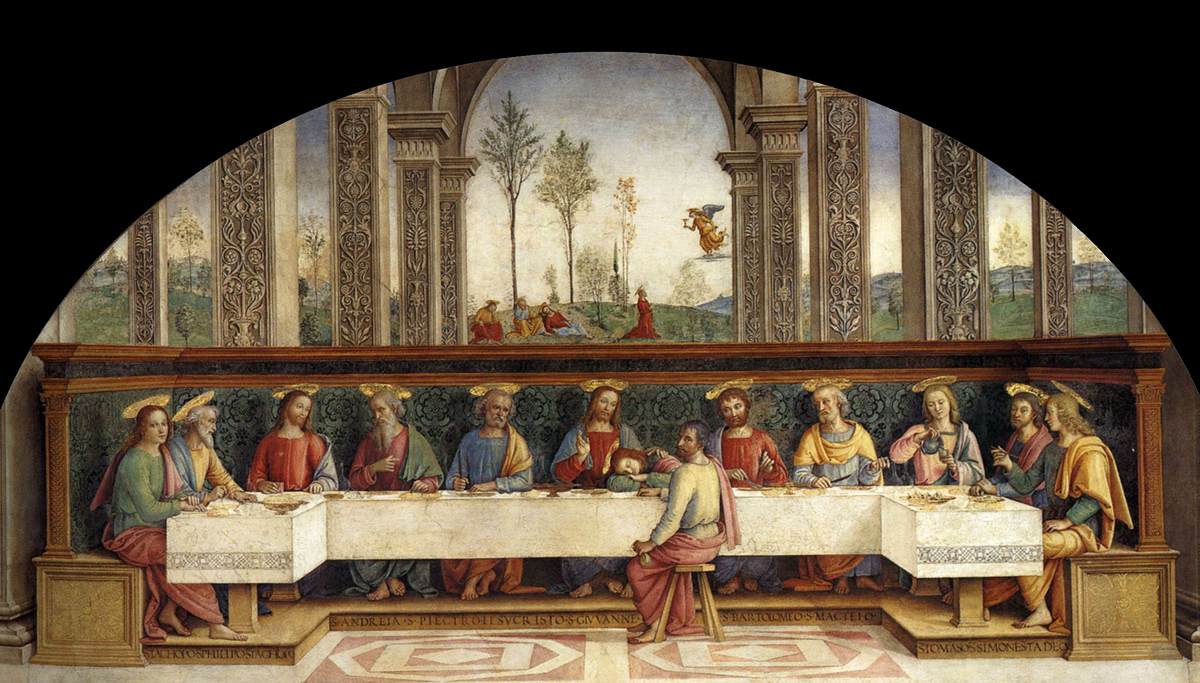 |
| Caravaggio, The Cardsharps, 1594 |
Why did hats ever go out of style? They're great for everything. Balding? Hat. Sunburnt? Hat. Bad hair day? Hat. Want to advertise the fact that You Only Live Once? Stick on a stylish hat and you're good! Everyone cool, ever, wore a hat. My personal favorite is the Italian Hunters hat, also called the Archer's hat or the "Robin Hood," shown here in Caravaggio's The Cardsharps. There is no better hat for your cheating in card game needs! The stylish band goes great with your dagger, and is perfectly sized for an ace of spades!
While the this hat goes great with the striped jerkin, it wasn't as fashionable as you might think. This hat was mainly reserved for Italy's middle class. This suggests that while the wearer seems to be wealthy enough, as the jerkin and dagger would have been fairly expensive, he was not a part of Italian high society. The older gentleman stealing a look at the other boy's cards suggests that this isn't the first time he's made money this way.
I love this painting. All of the paintings from this time period seem to be either religious scenes, or stuffy upper class gentleman and women frowning in portraits. This one shows a lower-class cheater stealing money and rocking a hat. Caravaggio doesn't need your conventions, he paints what he wants...thank you very much.








.jpg)










